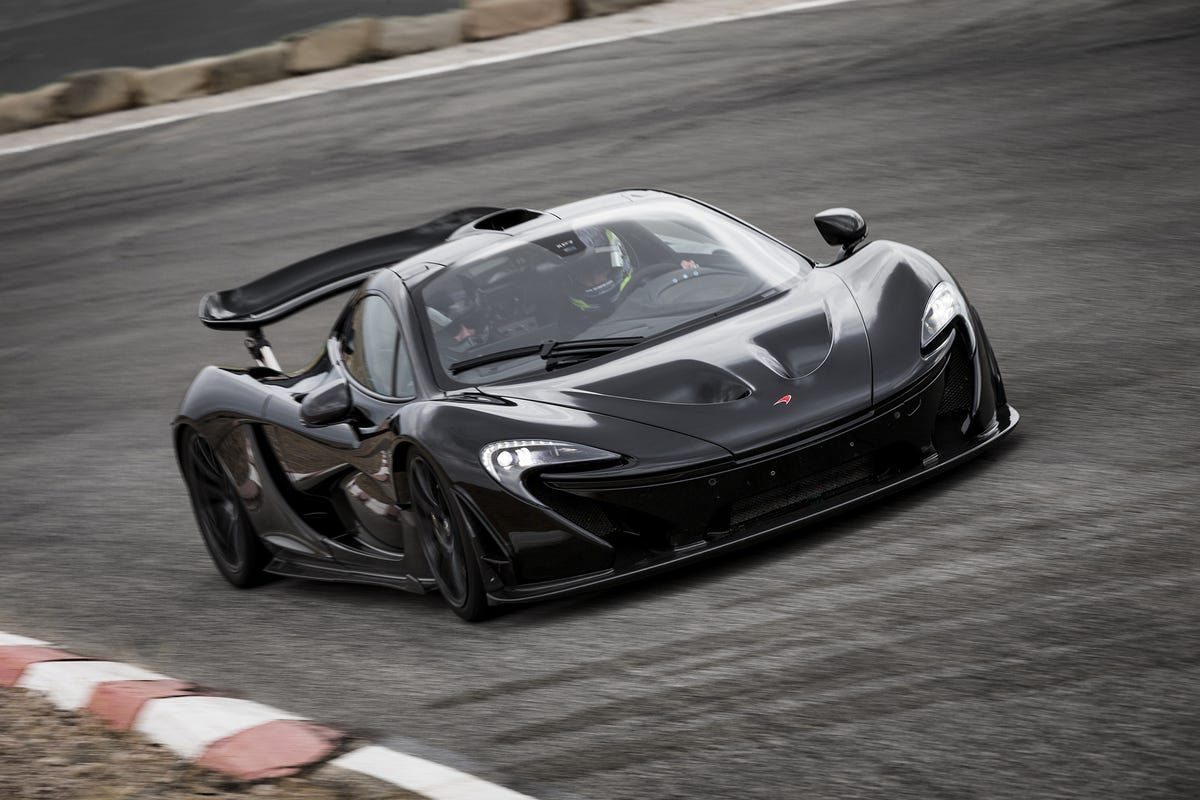McLaren finishes production of the P1 hypercar (pictures)
After building 375 examples of its hybrid hypercar, McLaren has finished yet another chapter in its history of manufacturing some of the craziest road cars in the world. It's hard to believe that two full years have passed since the car's launch at the 2013 Geneva Motor Show.

The McLaren P1 is one part of the so-called "Holy Trinity," which also includes the LaFerrari and the Porsche 918 Spyder.
The P1 was powered by a 3.8-liter, twin-turbocharged, eight-cylinder engine mated to an electric motor. Together, the car put out 903 horsepower and 664 pound-feet of torque.
A whole host of carbon fiber helps the P1 maintain its svelte, sub-3,200-pound curb weight.
62 mph arrives in 2.8 seconds under full throttle, and the car has an max forward velocity of 217 mph. Nobody's tested how fast it goes in reverse.
The P1 features a Race Mode that lowers the car 2 inches, stiffens the suspension by 300 percent, and extends the car's massive rear wing. If you need downforce, this is how you get it.
The P1 can run solely on electric power, making it about 6 miles before its battery needs a recharge.
The P1's battery can be charged by the eight-cylinder engine, or owners can plug it into a wall, just like an ordinary plug-in hybrid.
Part of what keeps the weight down is the MonoCage, a carbon-fiber monocoque that weighs just 198 pounds. It's one of the lightest carbon-fiber monocoques used in the automotive industry.
Only 375 production P1s were built. The company also completed 13 experimental prototypes, five validation prototypes and three pre-production units.
Each McLaren P1 took 800 hours to build, involving over 100 people.
The paint alone takes five days to apply.
34 percent of all P1s went to North and South America. 27 percent landed in Asia, and 26 percent ended up in Europe. The smallest market share went to the Middle East and Africa, which represented 13 percent of the total production run.

